Alocasia naturally go dormant during winter as a response to colder temperatures, less natural light and drier air and soil. Often they will lose all of their leaves, which can be unsightly, but is a completely natural and beneficial process for the plant. Many plant owners who are not familiar with this process may mistakenly think their beloved plant has departed this earth for good.

If your Alocasia does lose all of its leaves during the Fall, first check the root system. A dormant Alocasia will retain a healthy and firm feeling tuber whereas a dead plant will likely leave behind a rotten mushy tuber.

In the event of complete dormancy, cut back significantly on watering. The bulb should stay moist but the soil should not be soaking wet to prevent the bulb from rotting.
If indoor temps are maintained above 60 F degrees, humidity levels are kept up and artificial light is introduced, your Alocasia may not go dormant at all.

However, partial dormancy is still the likely winter scenario. In this case growth will stop and leaves will droop and lose some color until the Spring. If this happens, try to resist cutting off the not-so-good-looking leaves as they are still providing energy to the plant. When Spring arrives it will be time to fertilize. Also it's a good idea to hold off on repotting till the warmer weather is here. Once conditions become more favorable your plant will rapidly perk back up.

